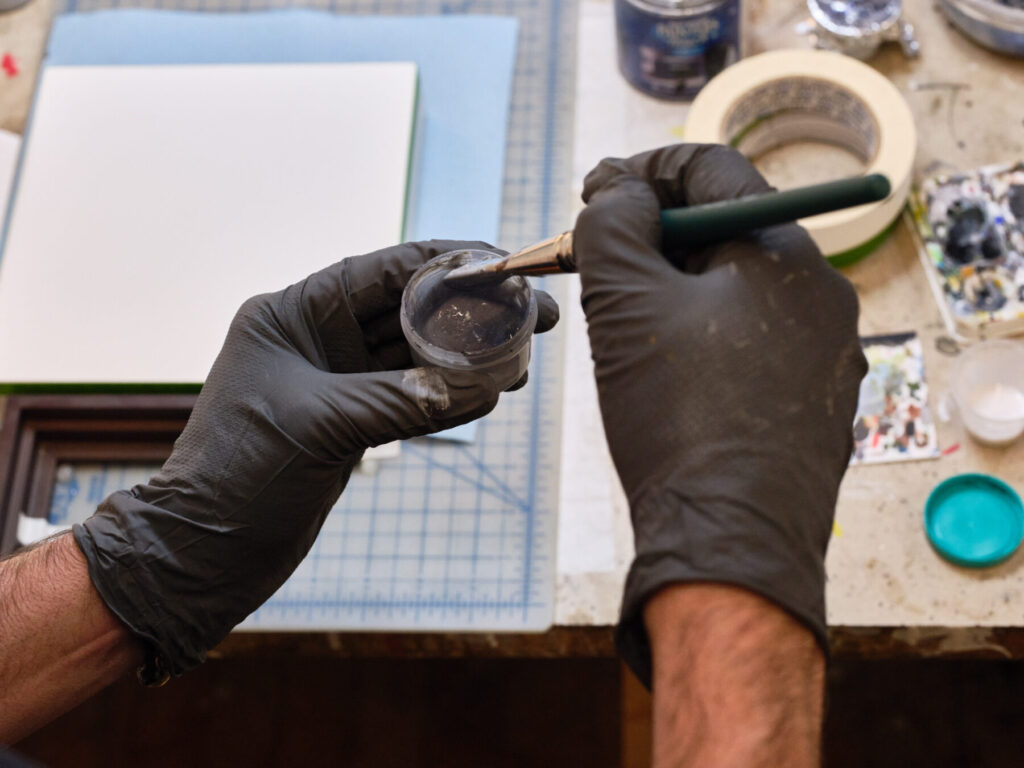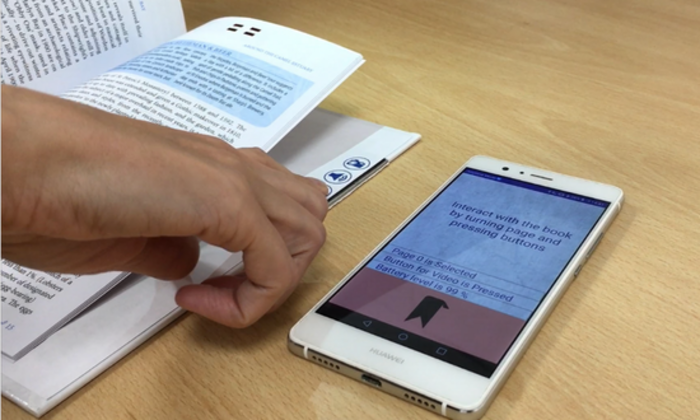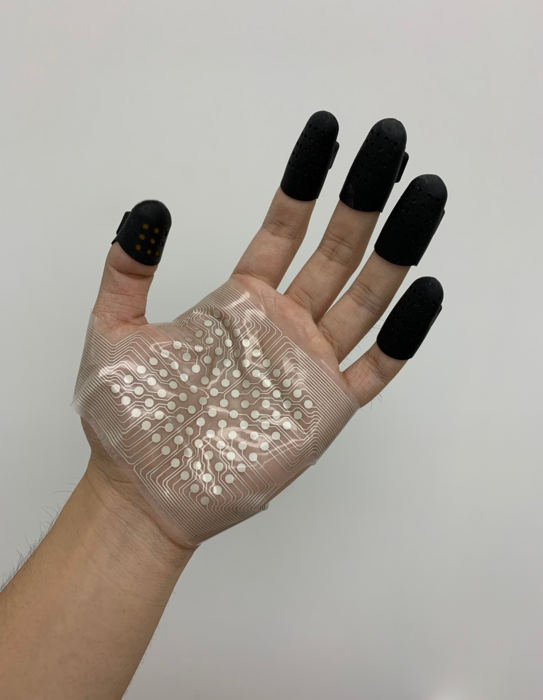I received an April 5, 2023 announcement for the 2023 IEEE International Conference on Metrology for eXtended Reality, Artificial Intelligence, and Neural Engineering (IEEE MetroXRAINE 2023) via email. Understandably given that it’s an Institute of Electrical and Electronics Engineers (IEEE) conference, they’re looking for submissions focused on developing the technology,
Last days to submit your contribution to our Special Session on “eXtended Reality as a gateway to the Metaverse: Practices, Theories, Technologies and Applications” – IEEE International Conference on Metrology for eXtended Reality, Artificial Intelligence, and Neural Engineering (IEEE MetroXRAINE 2023) – October 25-27, 2023 – Milan – https://metroxraine.org/special-session-17.
I want to remind you that the deadline of
April 7[2023][extended to April 14, 2023 as per April 11, 2023 notice received via email] is for the submission of a 1-2 page Abstract or a Graphical Abstract to show the idea you are proposing.
You will have time to finalise your work by the deadline of May 15 [2023].Please see the CfP below for details and forward it to colleagues who might be interested in contributing to this special session.
I’m looking forward to meeting you, virtually or in your presence, at IEEE MetroXRAINE 2023.
Best regards,
Giuseppe CaggianeseResearch Scientist
National Research Council (CNR) [Italy]
Institute for High-Performance Computing and Networking (ICAR)
Via Pietro Castellino 111, 80131, Naples, Italy
Here’s are specific for the Special Session’s Call for Papers (from the April 5, 2023 email announcement),
Call for Papers – Special Session on: “EXTENDED REALITY AS A GATEWAY TO THE METAVERSE: PRACTICES, THEORIES, TECHNOLOGIES AND APPLICATIONS” https://metroxraine.org/special-session-17
2023 IEEE International Conference on Metrology for eXtended Reality, Artificial Intelligence, and Neural Engineering (IEEE MetroXRAINE 2023) https://metroxraine.org/
October 25-27, 2023 – Milan, Italy.
SPECIAL SESSION DESCRIPTION
————————-
The fast development of Virtual Reality (VR), Augmented Reality (AR), and Mixed Reality (MR) solutions over the last few years are transforming how people interact, work, and communicate. The eXtended Reality (XR) term encloses all those immersive technologies that can shift the boundaries between digital and physical worlds to realize the metaverse. According to tech companies and venture capitalists, the metaverse will be a super-platform that convenes sub-platforms: social media, online video games, and ease-of-life apps, all accessible through the same digital space and sharing the same digital economy. Inside the metaverse, virtual worlds will allow avatars to carry out all human endeavours, including creation, display, entertainment, social, and trading. Thus, the metaverse will evolve how users interact with brands, intellectual properties, health services, cultural heritage, and each other things on the Internet. A user could join friends to play a multiplayer game, watch a movie via a streaming service and then attend a university course precisely the same as in the real world.
The metaverse development will require new software architecture that will enable decentralized and collaborative virtual worlds. These self-organized virtual worlds will be permanent and will require maintenance operations. In addition, it will be necessary to design an efficient data management system and prevent privacy violations. Finally, the convergence of physical reality, virtually enhanced, and an always-on virtual space highlighted the need to rethink the actual paradigms for visualization, interaction, and sharing of digital information, moving toward more natural, intuitive, dynamically customizable, multimodal, and multi-user solutions.
This special session aims to focus on exploring how the realization of the metaverse can transform certain application domains such us: (i) healthcare, in which the metaverse solutions can, for instance, improve the communication between patients and physicians; (ii) cultural heritage, with potentially more effective solutions for tourism guidance, site maintenance, and heritage object conservation; and (iii) industry, where to enable data-driven decision making, smart maintenance, and overall asset optimisation.More information can be found here: https://metroxraine.org/special-session-17
TOPICS
The topics of interest include, but are not limited to, the following:
- Hardware/Software Architectures for metaverse
- Decentralized and Collaborative Architectures for metaverse
- Interoperability for metaverse
- Tools to help creators to build the metaverse0
- Operations and Maintenance in metaverse
- Data security and privacy mechanisms for metaverse
- Cryptocurrency, token, NFT Solutions for metaverse
- Fraud-Detection in metaverse
- Cyber Security for metaverse
- Data Analytics to Identify Malicious Behaviors in metaverse
- Blockchain/AI technologies in metaverse
- Emerging Technologies and Applications for metaverse
- New models to evaluate the impact of the metaverse
- Interactive Data Exploration and Presentation in metaverse
- Human-Computer Interaction for metaverse
- Human factors issues related to metaverse
- Proof-of-Concept in Metaverse: Experimental Prototyping and Testbeds
IMPORTANT DATES
Abstract Submission Deadline: April 7, 2023 (extended) NOTE: 1-2 pages abstract or a graphical abstract
Final Paper Submission Deadline: May 15, 2023 (extended)
Full Paper Acceptance Notification: June 15, 2023
Final Paper Submission Deadline: July 31, 2023SUBMISSION AND DECISIONS
————————
Authors should prepare an Abstract (1 – 2 pages) that clearly indicates the originality of the contribution and the relevance of the work. The Abstract should include the title of the paper, names and affiliations of the authors, an abstract, keywords, an introduction describing the nature of the problem, a description of the contribution, the results achieved and their applicability.As an alternative to the traditional abstract, it is possible to submit a Graphical Abstract. For further information, please see here: https://metroxraine.org/initial-author-instructions.
When the first review process has been completed, authors receive a notification of either acceptance or rejection of the submission. If the abstract has been accepted, the authors can prepare a full paper.
The format for the full paper is identical to the format for the abstract except for the number of pages: the full paper has a required minimum length of five (5) pages and a maximum of six (6) pages.
Full Papers will be reviewed by the Technical Program Committee. Authors of accepted full papers must submit the final paper version according to the deadline, register for the workshop, and attend to present their papers. The maximum length for final papers is 6 pages.
All contributions will be peer-reviewed and acceptance will be based on quality, originality and relevance. Accepted papers will be submitted for inclusion into IEEE Xplore Digital Library.Submissions must be written in English and prepared according to the IEEE Conference Proceedings template. LaTeX and Word templates and an Overleaf sample project can be found at: https://metroxraine.org/initial-author-instructions.
The papers must be submitted in PDF format electronically via EDAS online submission and review system: https://edas.info/newPaper.php?c=30746.
To submit abstracts or draft papers to the special session, please follow the submission instructions for regular sessions, but remind to specify the special session to which the paper is directed.The special session organizers and other external reviewers will review all submissions.
More information can be found here: https://metroxraine.org/initial-author-instructions
CONFERENCE PROCEEDINGS
———————————–
All contributions will be peer-reviewed, and acceptance will be based on quality, originality, and relevance. Accepted papers will be submitted for inclusion into IEEE Xplore Digital Library.Extended versions of presented papers are eligible for post-publication; more information will be provided soon.
ORGANIZERS
————-
Giuseppe Caggianese
National Research Council of Italy
giuseppe.caggianese@cnr.itUgo Erra
University of Basilicata
ugo.erra@unibas.itLuigi Gallo
National Research Council of Italy
luigi.gallo@cnr.it
Good luck!


